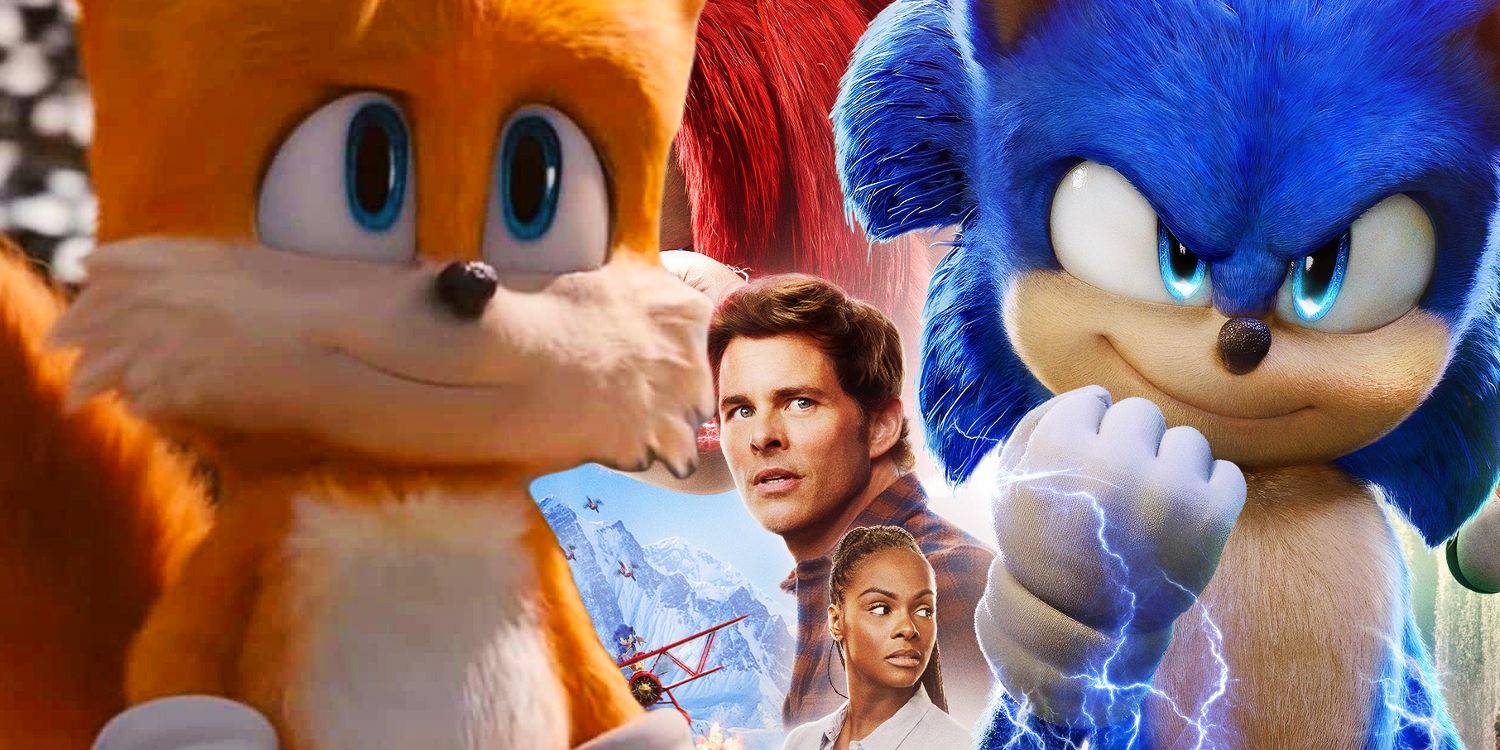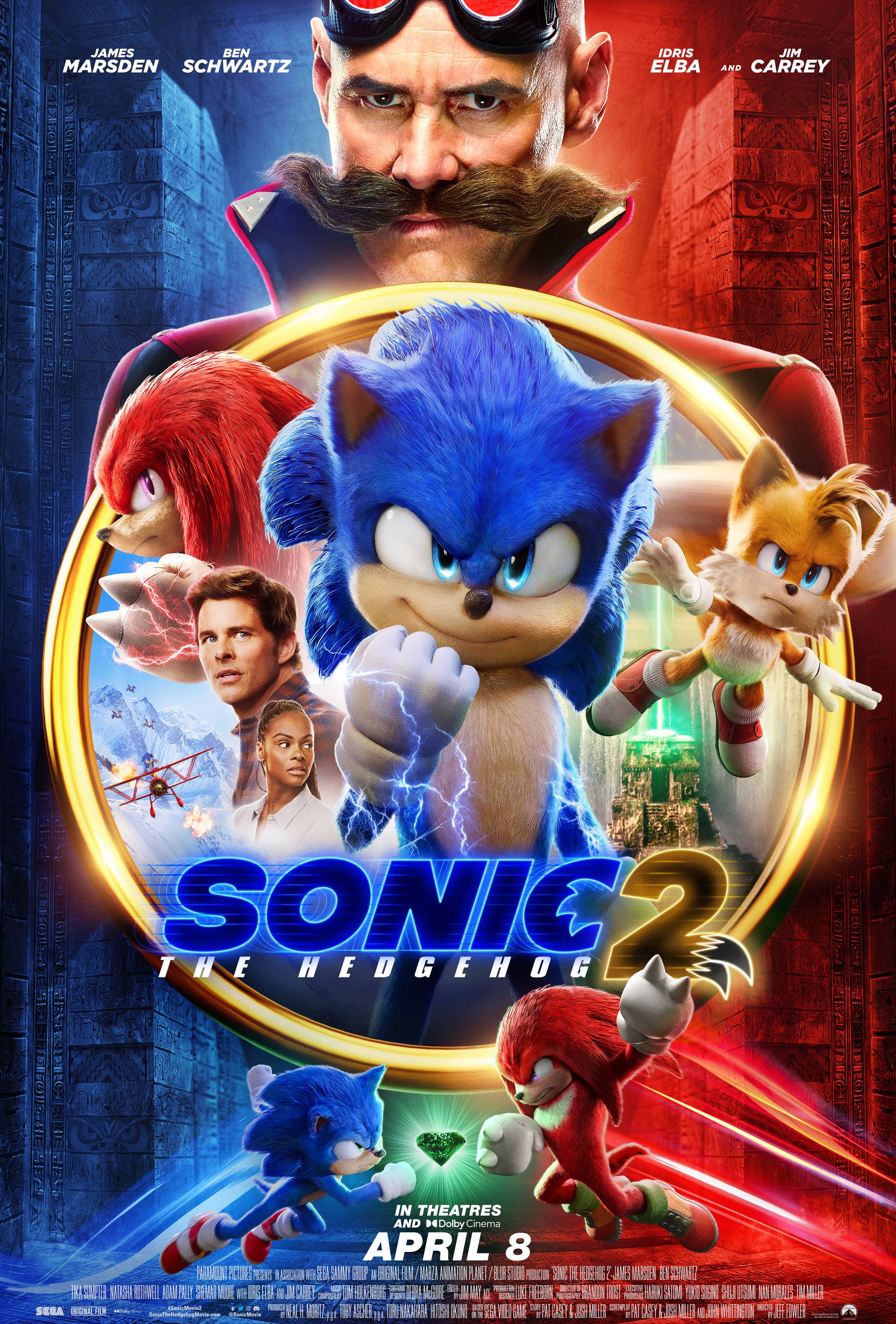Both the recent change to the Sonic the Hedgehog 2 poster and the previous redesign of Sonic in the first film were good calls, but always answering fan demands can set a dangerous precedent for both upcoming video game adaptations and the industry as a whole. Two years after Sonic the Hedgehog surprised audiences to become one of the last box office hits of the pre-pandemic era, Sonic 2 will have the mission to replicate the success of the first film while also delivering something new. Ben Schwartz and Jim Carrey will reprise their roles as arch enemies Sonic and Robotnik in a film that will further dive into the lore of the games with the additions of Tails, played by Colleen O'Shaughnessey, and Knuckles, played by Idris Elba.
The circumstances surrounding the first Sonic movie ended up making for one of the most curious phenomenons in Hollywood history. The movie was being viewed with suspicion right from the start given the history of video game adaptations, and the horrendous first look at Sonic's CGI only made it worse. After all the backlash, however, the studio rushed to redesign Sonic in time for the movie's release. The surprising decision to completely change the design of the main character just a few months before the movie was scheduled to come out turned out to be the right one, and Sonic the Hedgehog managed to please both fans of the games and the general audiences.
Sonic movies and fan demands are once again linked thanks to a campaign to have the names of two of the film's stars, Tika Sumpter and Colleen O'Shaughnessey, added to the official poster for Sonic the Hedgehog 2. As with the redesign, the studio admitted its mistake and answered the fans’ call. While in both cases responding to popular demand was the right decision, the narrative around the success of Sonic movies and future shows can create the idea that something only works if it listens to every fan request.
It cannot be denied that listening to the audience is what turned Sonic from a foretold disaster into one of the most successful video game adaptations of all time. The change in Sonic’s design not only ensured that the first movie had a chance to work, but also gave the entire creative team involved in the project a lot more credit with fans to develop the sequels. The reception to any news related to Sonic 2 and the franchise's plans for the future is generally very positive and reveals that the Sonic movies now have a lot more room to risk than before. Even so, it would be both incorrect and dangerous to extrapolate Sonic's example to other cases.
Fan campaigns are becoming increasingly common in the entertainment industry. Whether for the release of alternative cuts as it happened with Justice League or for beloved shows to be saved, audiences have turned social media into a direct channel of communication with the studios to express their desires and complaints. While all parts of the audience should be able to express their opinions, there is a fine line between wanting the best for a product and being entitled.
Paramount did well to listen to the complaints surrounding Sonic the Hedgehog 2 and its predecessor, but that should not become the norm for the industry. It shouldn’t be required for audiences to have to point out situations such as a movie poster not adding the names of two actresses, and creative decisions should be analyzed with less haste and more focus on delivering a good product. More than anything, productions must be confident enough about what they want to achieve and not depend on the constant validation of audiences to do so.



